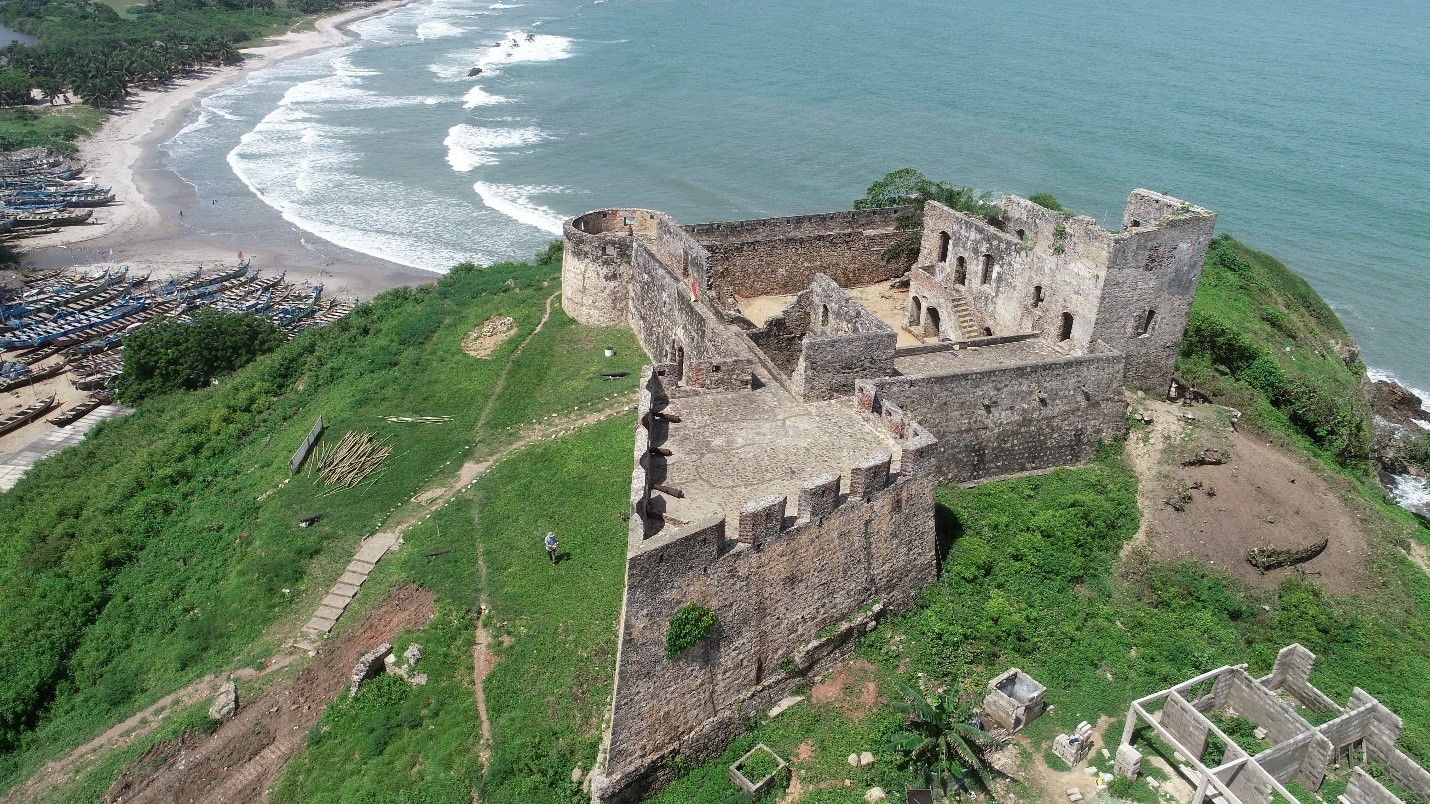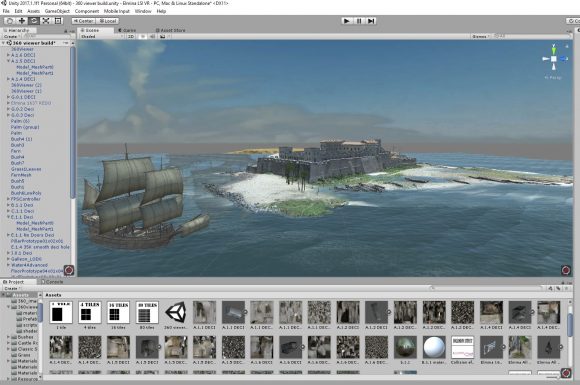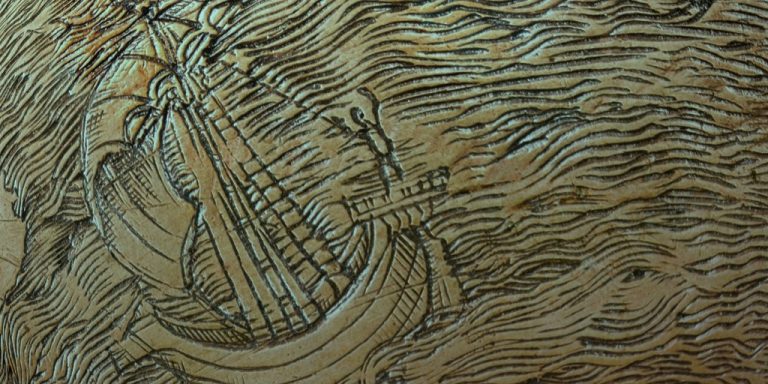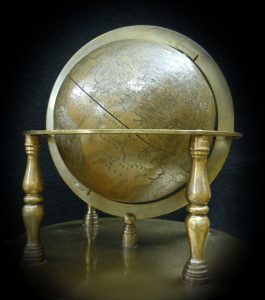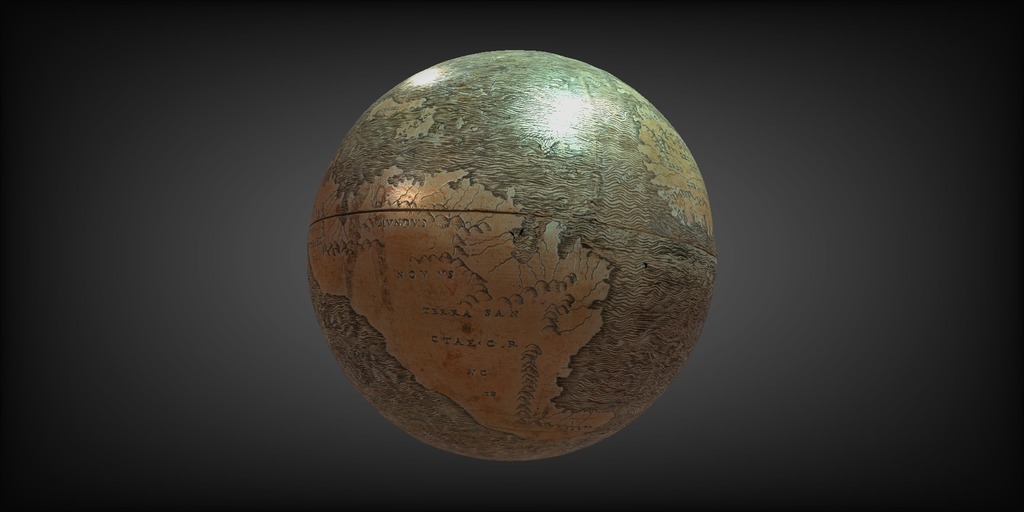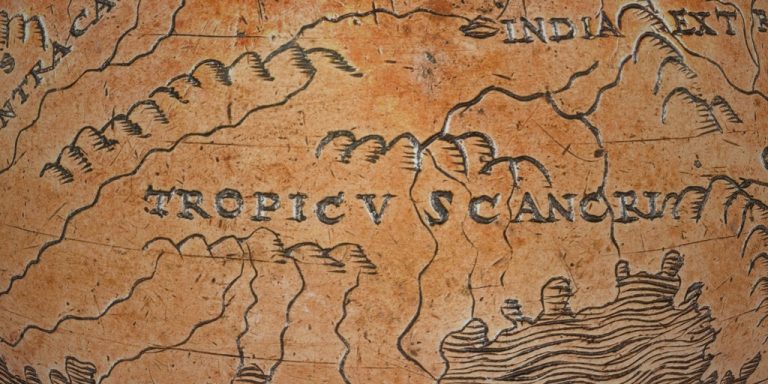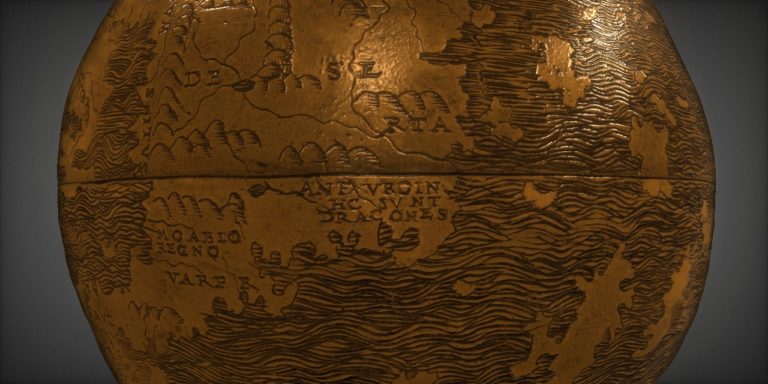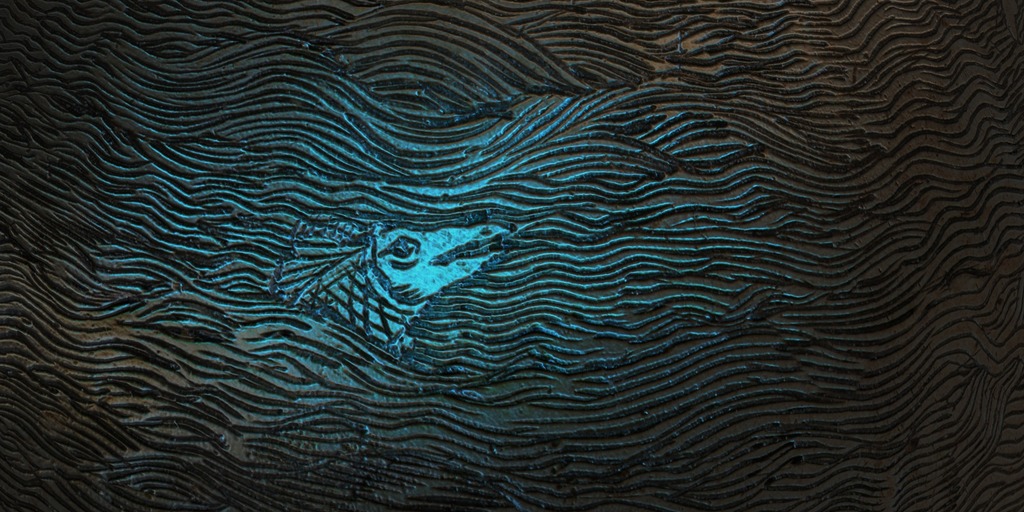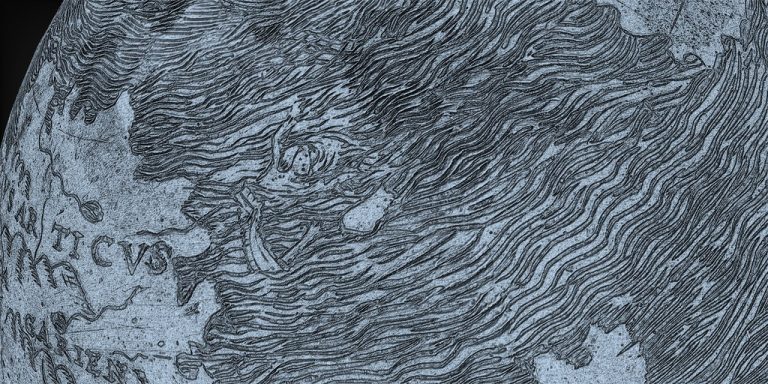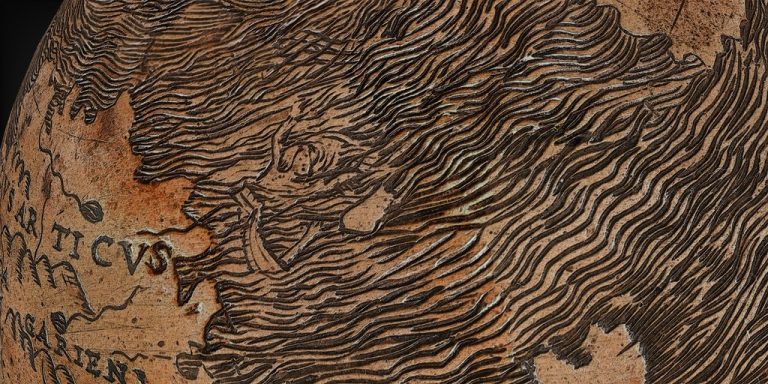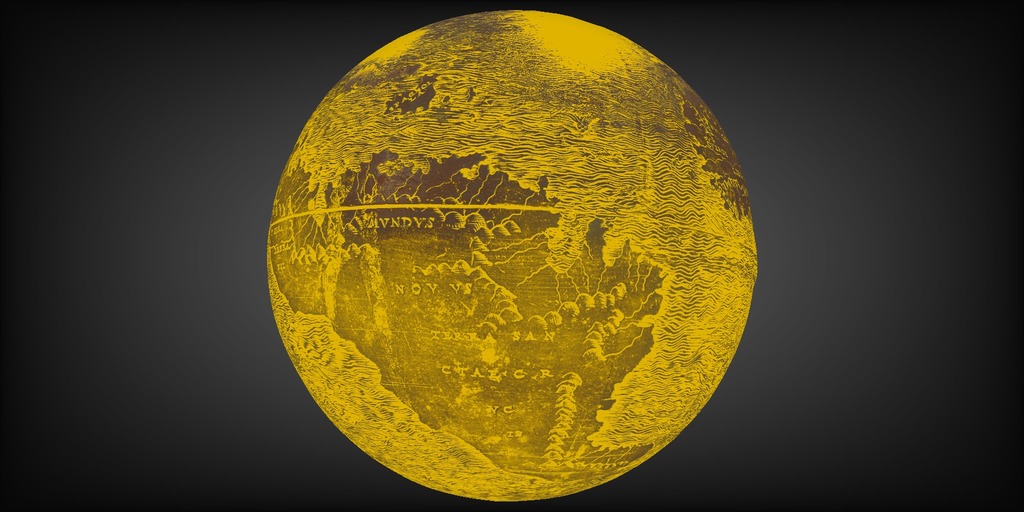Michael Jarvis’ latest digital history project at the University of Rochester couldn’t come at a better time.
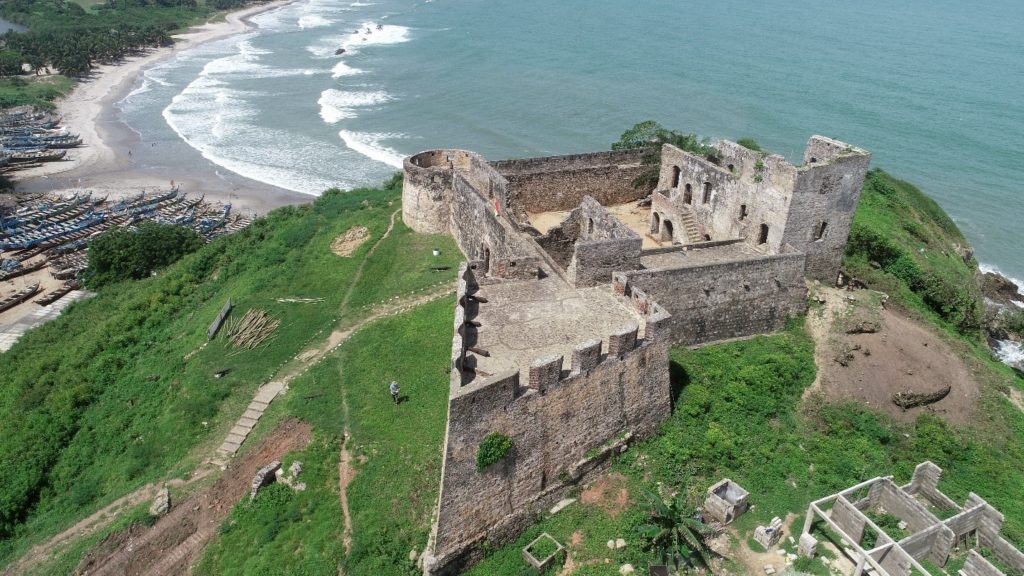
“Black Past Lives Matter: Digital Kormantin,” funded with a $99,874 NEH Digital Humanities grant, will create a website with meticulously detailed virtual tours of a 1632 English fort on the coast of Ghana that was among the earliest to send enslaved Africans to the American colonies.
Sustained Black Lives Matter protests have focused national attention on persisting racial inequalities in the United States. Because this racism “has been centuries in the making, reconciliation depends upon all Americans understanding a Black history extending back four centuries temporally and across the Atlantic world spatially,” says Jarvis, a history professor who also infuses archaeology and digital media studies in his teaching and research.
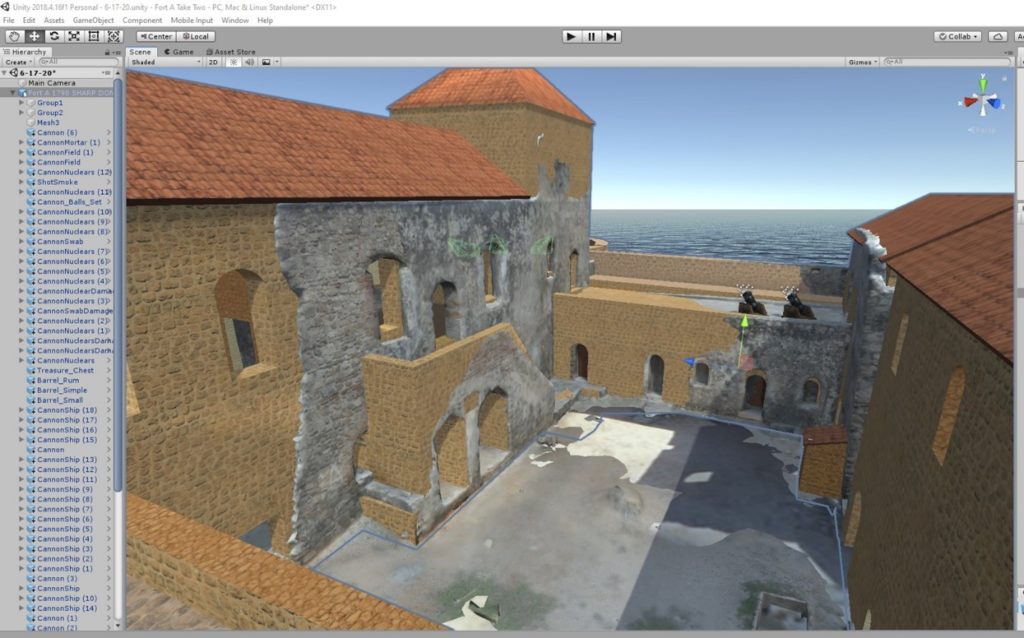
Moreover, the website will be accessible to millions of people who, even without the travel barriers raised by COVID 19, would never have the means or opportunity to visit the coast of Ghana.
“Although no substitute for an actual visit, this project will make virtual visitation possible for an historic site every bit as important to American history as Jamestown or Plymouth Rock,” says Jarvis.

